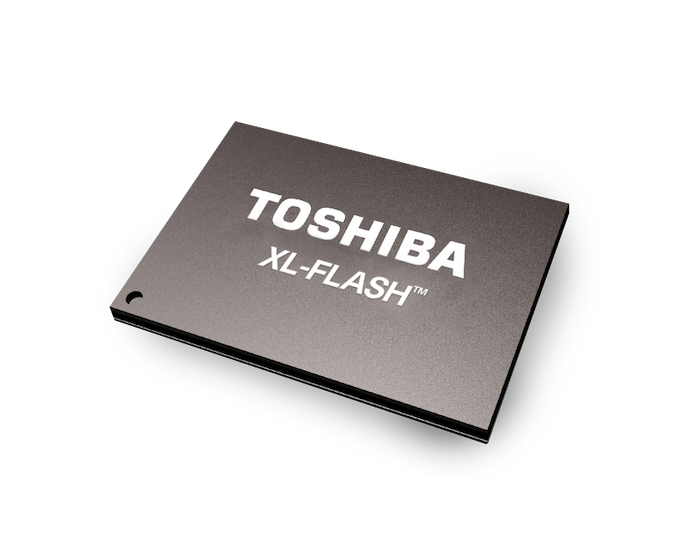- Joined
- Oct 9, 2007
- Messages
- 47,845 (7.39/day)
- Location
- Dublin, Ireland
| System Name | RBMK-1000 |
|---|---|
| Processor | AMD Ryzen 7 5700G |
| Motherboard | Gigabyte B550 AORUS Elite V2 |
| Cooling | DeepCool Gammax L240 V2 |
| Memory | 2x 16GB DDR4-3200 |
| Video Card(s) | Galax RTX 4070 Ti EX |
| Storage | Samsung 990 1TB |
| Display(s) | BenQ 1440p 60 Hz 27-inch |
| Case | Corsair Carbide 100R |
| Audio Device(s) | ASUS SupremeFX S1220A |
| Power Supply | Cooler Master MWE Gold 650W |
| Mouse | ASUS ROG Strix Impact |
| Keyboard | Gamdias Hermes E2 |
| Software | Windows 11 Pro |
MSI in its 2023 International CES booth showed us their upcoming M.2 PCIe Gen 5 + NVMe 2.0 SSDs, the Spatium M570 PRO and the Spatium M570. The M570 PRO unsurprisingly is the faster of the two, and rocks a sophisticated new cooling solution by MSI. A vapor-chamber plate makes direct contact with the controller and other hot components on the drive, conveying heat to a heatsink with a very fine aluminium fin-stack, whcih is capped off by a die-cast aluminium top-plate. This design, MSI claims, optimizes convectional airflow without interference from nearby airflow sources (such as CPU coolers).
The Spatium M570 PRO offers sequential transfer rates of up to 12 GB/s reads, with up to 10 GB/s writes, and is available in capacities of 1 TB, 2 TB, and 4 TB. The MSI Spatium M570 (non-PRO) rocks a simpler ridge aluminium monoblock heatsink, and comes in the same capacity options, but with lower maximum read performance. You get up to 10 GB/s sequential reads, with up to 10 GB/s sequential writes with this one.




View at TechPowerUp Main Site
The Spatium M570 PRO offers sequential transfer rates of up to 12 GB/s reads, with up to 10 GB/s writes, and is available in capacities of 1 TB, 2 TB, and 4 TB. The MSI Spatium M570 (non-PRO) rocks a simpler ridge aluminium monoblock heatsink, and comes in the same capacity options, but with lower maximum read performance. You get up to 10 GB/s sequential reads, with up to 10 GB/s sequential writes with this one.




View at TechPowerUp Main Site



